Processing western North Carolina after Helene
Welcome to Media Events by Drew Millard. This post is free if you are reading it in your email. If you are reading it in a browser, then at some point in this post, a paywall will pop up. You will need to pledge a dollar to create a “tab,” and in exchange, you will be able to read this blog post, as well as all the other posts on Media Events, for the next 24 hours. Once your tab reaches $5, you will need to pay it. It’s a bargain, I promise.
Please note that I will be donating all proceeds from Media Events towards Helene relief efforts in western North Carolina until further notice. If you would like to directly donate, I recommend the following organizations:
Beloved Asheville
Asheville Survival (CashApp: streetsidehelene)
Rural Organizing and Resilience (ROAR)
High Country Mutual Aid
Pansy Collective (CashApp/Venmo: pansycollective)
Mutual Aid Disaster Relief
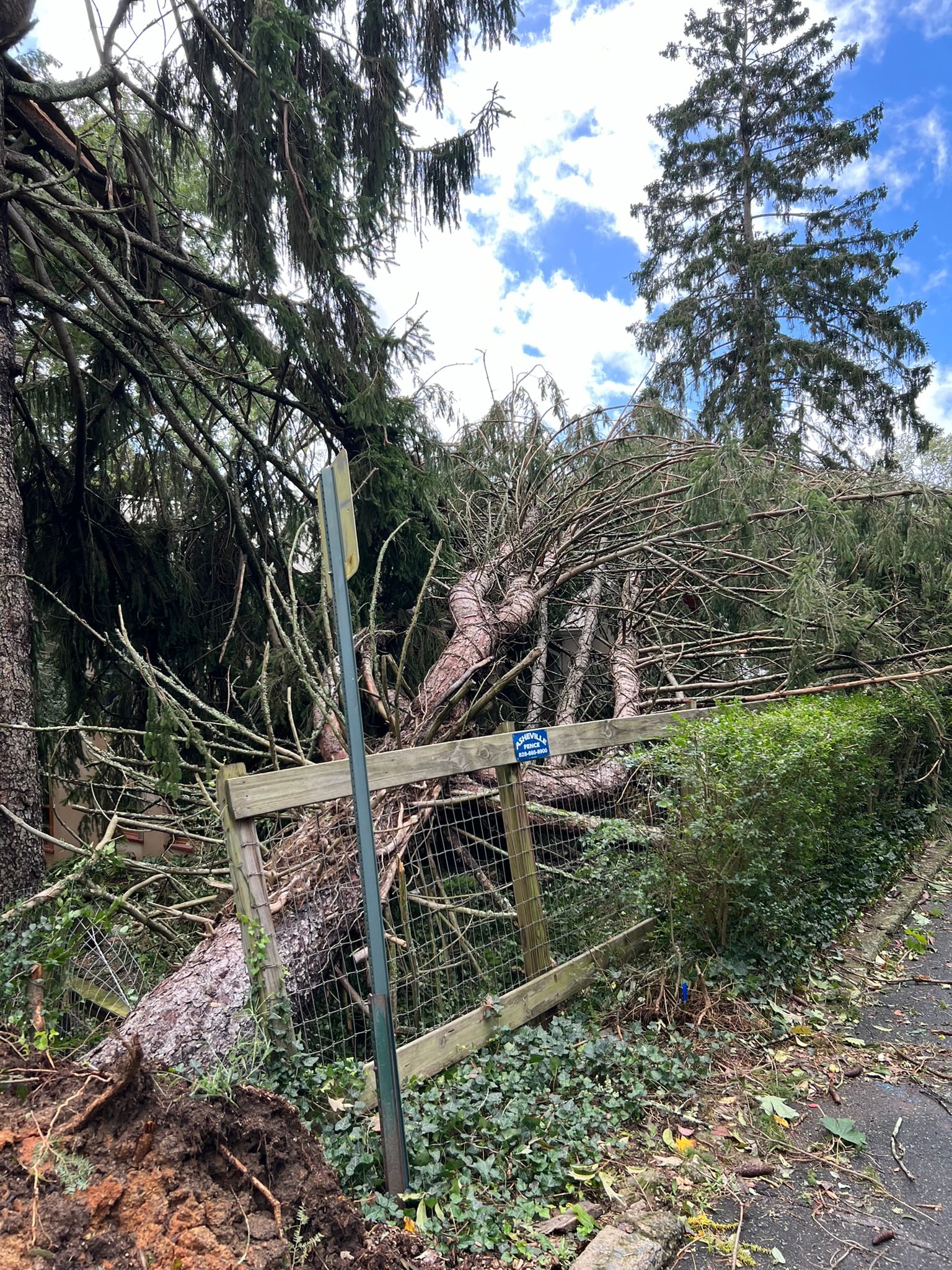
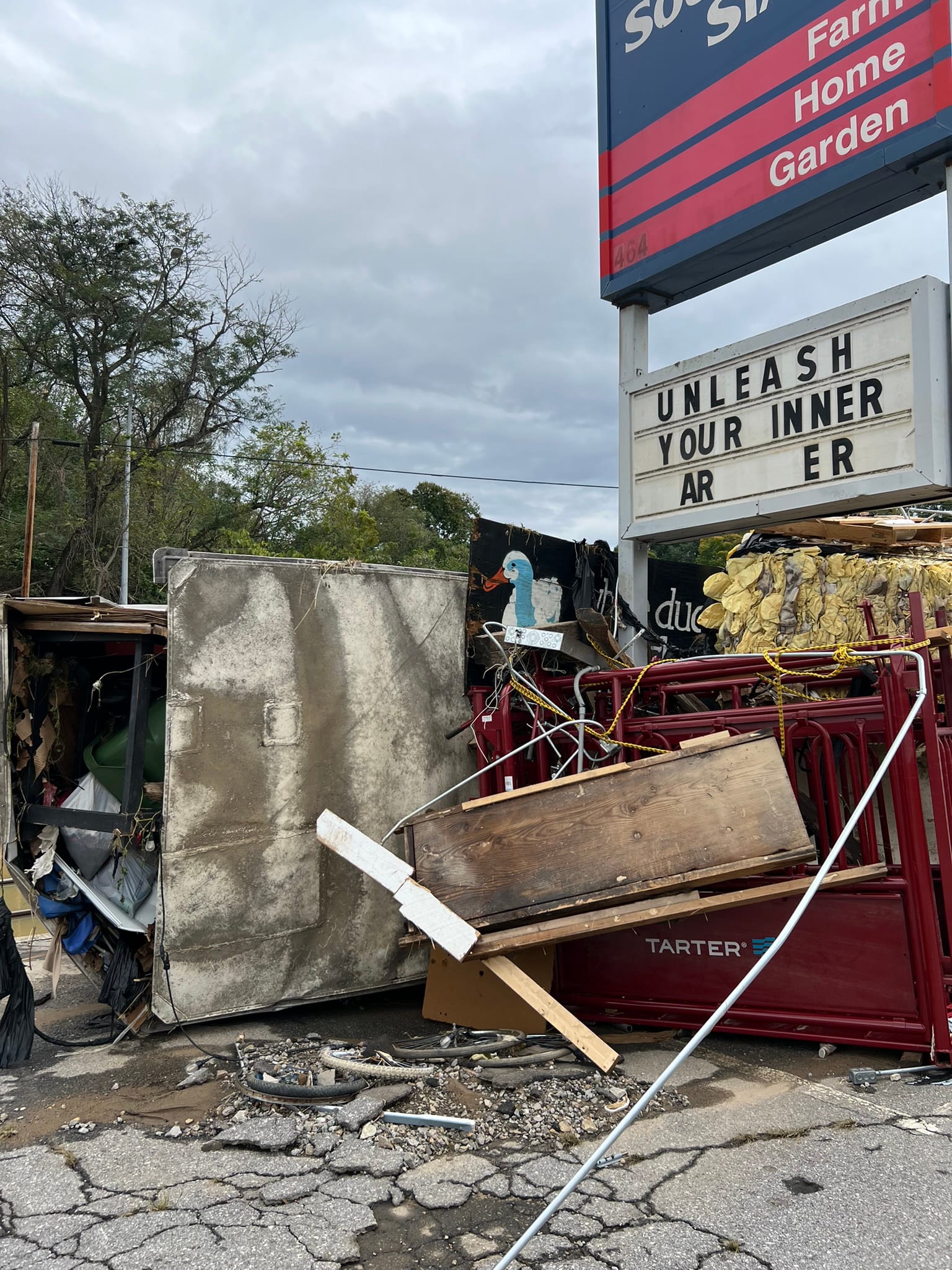
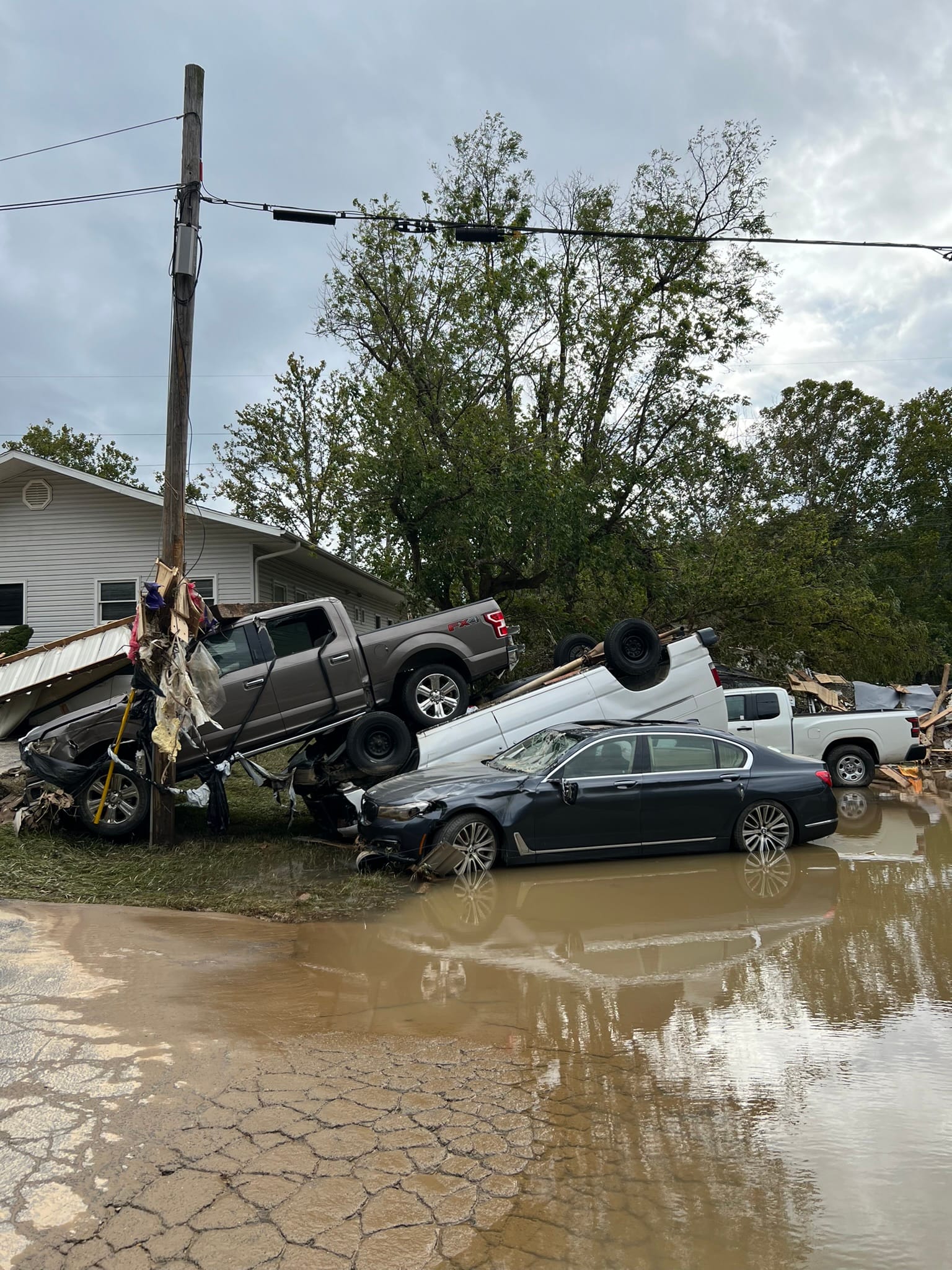
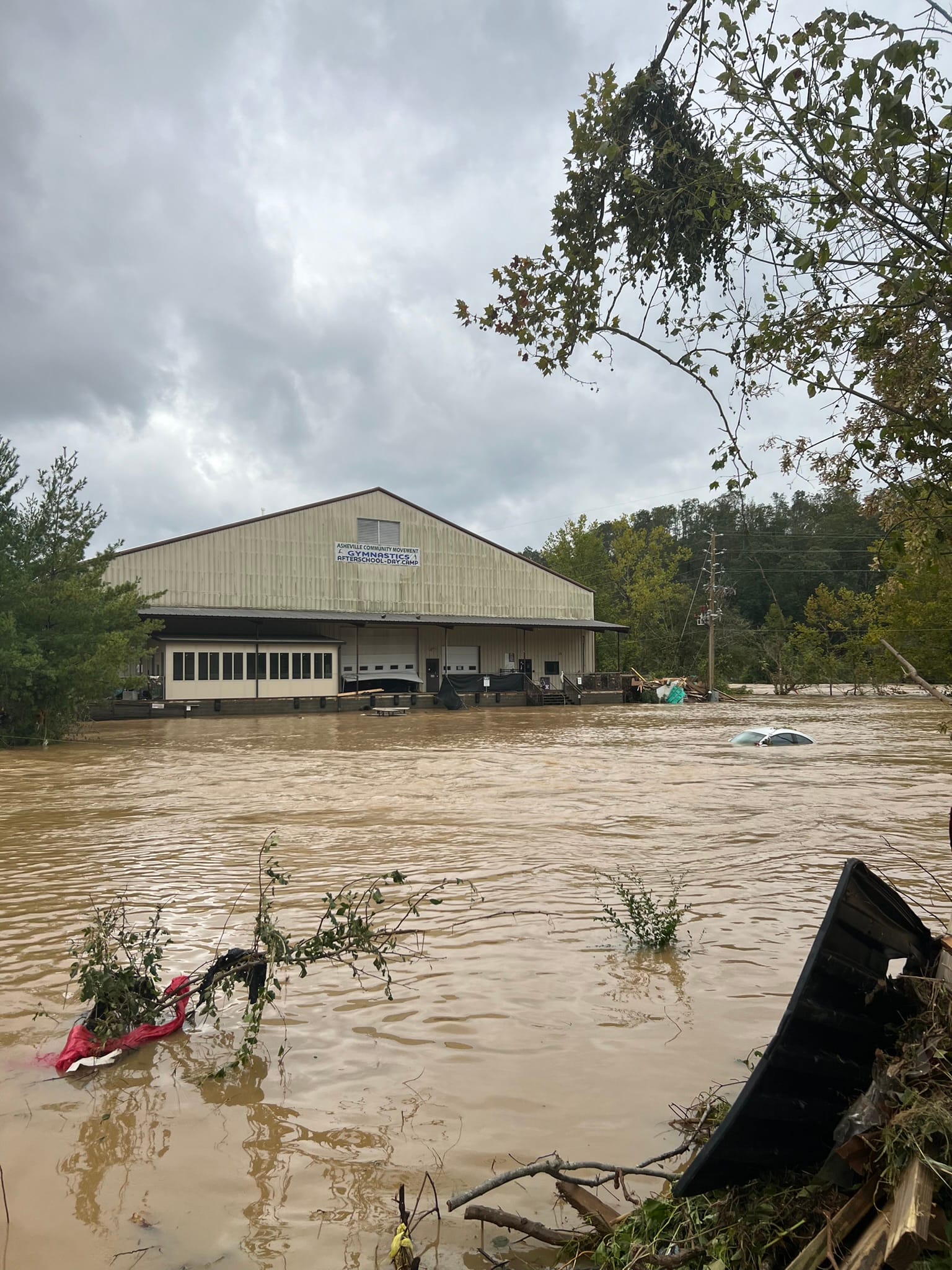
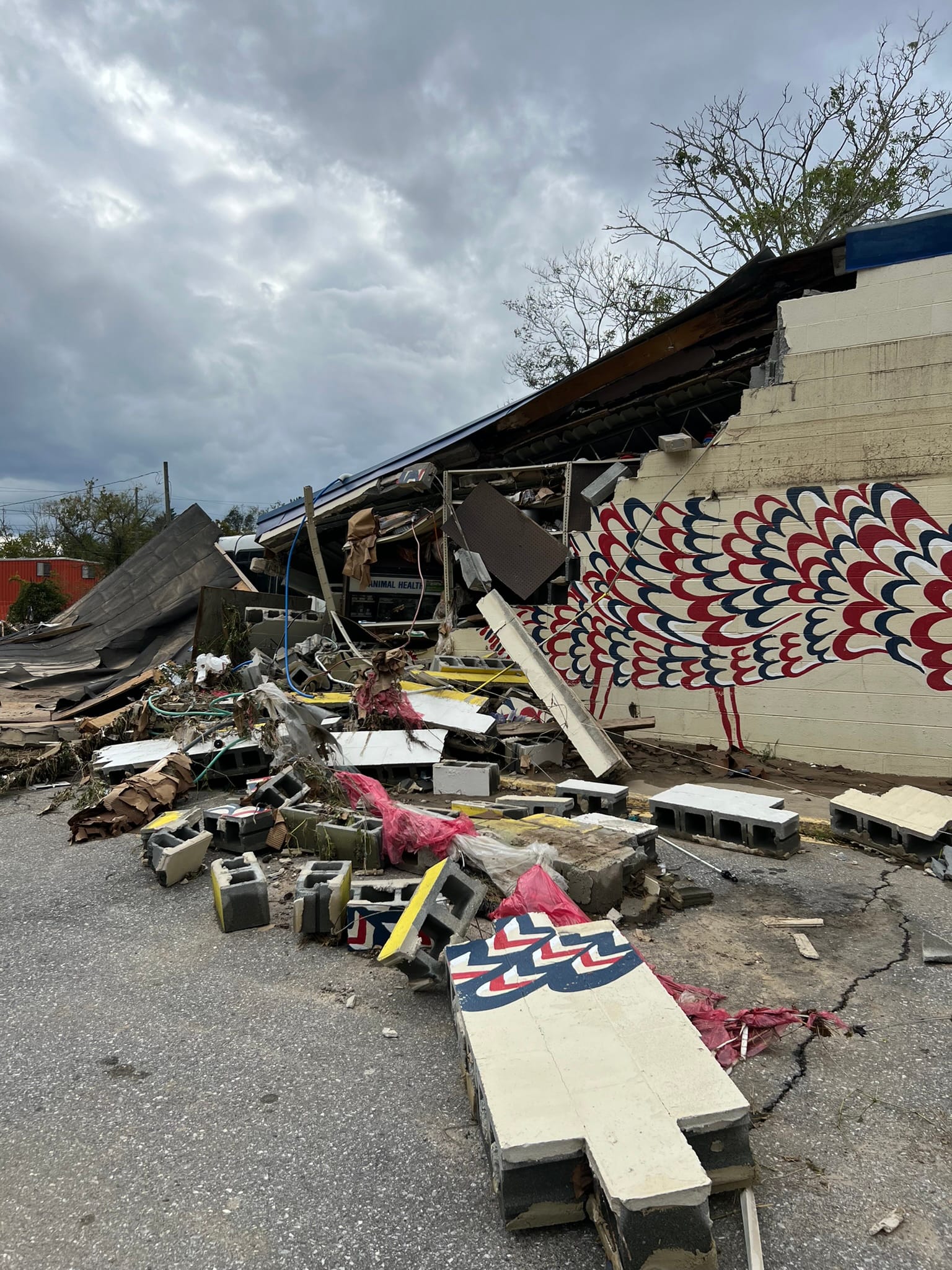
Photos that my friend Nolan Allan, an Asheville resident, took after Helene.
I’ve been putting off writing this post for a while now, because it’s hard to even wrap my head around the catastrophe that hit western North Carolina over the weekend, let alone articulate how I feel about it. I never realized how closely connected I felt to the place where I grew up, that the concept of “home” could be programmed into me on an almost biological level until I saw that place in a state of acute distress. So here goes:
I grew up in Polk County, North Carolina. It’s about 45 minutes down the mountain from Asheville, maybe 37 if you floor it as you climb I-26. I went to Tryon Middle School, which was so old that we had P.E. class in an open-air gymnasium. That gym was right up next to a park called Harmon Field, which had a bunch of tennis courts and soccer fields and baseball diamonds and horse stables and eventing areas, plus a playground and a picnic shelter and a log cabin you could rent and throw events in if you were the Kiwanis club or whatever. Harmon Field was one of the main places where events happened in Polk County, is what I’m saying, and it was contiguous with where I went to middle school and even ended up getting incorporated into the park itself later on once they built a new middle school a few miles away.
The fact that it’s next to a river is important, because that explains why this place where I spent so much of my childhood is now, after Helene, damaged beyond recognition. I mean that literally: The local paper published photos of the park after the storm, and there are parts of it that just aren’t there. The river became overfilled during the storm and eventually flooded, sending untold gallons of water up and over the banks, where it eventually settled into a sea of mud, frozen in a way that implies a state of perpetual motion. The picnic shelter is gone. A restaurant I’ve been going to since I was a kid, also along the river, was moved 20 feet off its foundation. I have seen so many pictures of bridges on dry land and cars in water.
My parents live in the next town over, and my dad said the weirdest thing about the storm was that it never seemed especially bad at any one particular moment. To him, it just felt like a really heavy rain, the sort that happens every once in a while and goes away quickly, except that it kept raining, hard, and didn’t stop. They’re fine, by the way — my mom was out of town at a wedding, the storm didn’t hit their house as nearly as hard as it hit others, and my dad happens to have a big-ass generator which he was able to use to keep the well at the house running and give water to folks in the neighborhood who’d lost it.
Cell service was restored in Polk County yesterday. All weekend, I texted with friends from high school, checking to make sure everybody’s parents were safe, what the extent of the damage actually was, if they had any info at all beyond what was on the news. Nobody had power or water or cell service or internet, and the only way people could reliably get a message out there was if they could get to somewhere that had Starlink set up and hope somebody on the other end picked up.
Polk County is just one of the places around Asheville that was hit. Some roads in the area were washed away by the overflowing rivers, others were subject to the equivalent of decades of erosion in just a couple days. Some towns are cut off from aid unless it comes in by helicopter. Others, like Chimney Rock, barely exist anymore.
Asheville itself, you’ve probably heard, took a particularly devastating hit. It was effectively built upon a basin on the side of the mountain, so all the rain that hit above it flowed down and just stayed there.
We probably won’t know the extent of the damage to the region and the number of lives lost for weeks. Western North Carolina was in no way prepared for a tropical storm, because why the hell would it need to be. Once the basic necessities of life and communication are restored, the second-order effects will come into view. The region did big business off of tourism, to the point that the local airport runs direct flights to New York on Tuesday mornings so that people could take a last-minute flight into work after a long weekend in the mountains. Those people might not be back for months, if at all. The River Arts District in the city, aka the place where lots of those terrifying flood videos you’ve probably seen on Twitter were from, has been wiped out. People who have the ability to do so are getting out of town and might not come back. How long will recovery take, and what will the city look like afterwards?
The federal response has been slow, for reasons both understandable (i.e., road closures) and ridiculous (i.e., helicopter rescues having to be paused because Biden was flying in and needed a no-fly zone in the area). But what’s funny is that in the wake of a disaster, people tend to come together. My friend told me that on his block, people set up an ad hoc food station, cooking breakfast sandwiches and burgers for whoever needs food. People have been sharing supplies, checking on their neighbors. On Sunday night, we listened to a stream from the local country radio station, which converted itself into a 24/7, ad-free information distribution hub, taking calls live on the air — some people reporting that they were safe and telling the DJs what was happening in their area, others calling in from the outside wanting to know if there was any news about their loved ones. The DJs were exhausted, many of their homes were damaged, and when there weren’t any callers they talked about how they had no idea what they were doing but were doing it anyway because they didn’t know what else to do.

